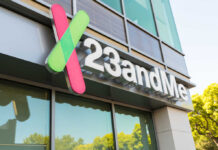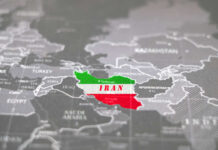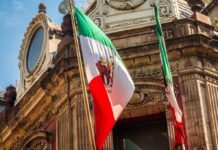
Manhattan families are spending thousands on private tutors as District 2’s stagnant math curriculum leaves advanced students bored, prompting some to relocate or campaign for reform.
At a Glance
- Parents in Manhattan’s District 2 say math classes are too easy, leaving students disengaged.
- Families are spending up to $6,400 annually on private tutoring for supplemental enrichment.
- Some are moving to Brooklyn’s District 20 to access accelerated math programs.
- District 2 administrators have declined to offer middle school geometry due to equity concerns.
- Advocates are urging the creation of a task force and “math path” pilot to expand rigor.
The Rising Cost of Boredom
At a recent school board meeting in District 2, parents described classrooms where capable students were so underchallenged they turned to reading novels during math lessons. One parent recounted paying for two and a half hours of private tutoring each week for each of their three children, totaling over $6,000 a year, in a desperate bid to provide appropriate academic stimulation. Many families are turning to programs like the Russian School of Mathematics to fill the curriculum gaps left by the district.
Curriculum Inequality
Although District 2 includes some of Manhattan’s most academically competitive neighborhoods, it does not offer accelerated math programs in middle school. In contrast, Brooklyn’s District 20 allows students to take geometry before high school, positioning them to complete Algebra II by ninth grade. For many families, that difference is decisive. Parents with academically advanced children say District 2’s refusal to differentiate math instruction causes students who complete sixth-grade math early to stagnate, repeating old material rather than progressing.
Watch a report: NYC parents discuss need for accelerated math education.
Equity, Access and Resistance
Despite mounting complaints, District 2 Superintendent Kelly McGuire has said middle school geometry will not be added next year. He cited limited resources and resistance from principals who view accelerated math through an equity lens, arguing it might widen achievement gaps. But parents question whether denying options to high-performing students in the name of equity truly levels the playing field—or simply drives out families who can afford to leave. They are now pushing for a district-wide “math path” pilot and a task force to develop recommendations that can both challenge students and remain inclusive.
The implications are long-term: Without access to algebra and geometry by middle school, students may lag behind peers in more advanced districts, limiting their readiness for STEM fields in high school and beyond. As families vote with their feet—or their wallets—the pressure is on for District 2 to evolve or risk continued academic flight.





























